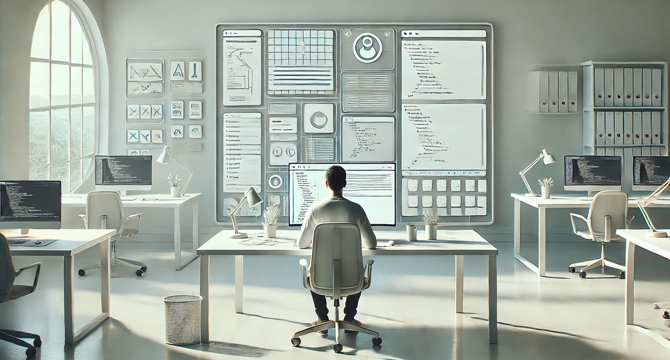Medium
1M
193

Image Credit: Medium
Pair Programming 3.0: The Death of the Design Committee
- A software developer explains how traditional product development practices, like design committees and extensive planning, hinder actual progress and innovation.
- Consultancies prioritize documentation and planning over building working software, resulting in delays and missed opportunities.
- The transition from consultancy to in-house development led to a focus on building what users truly needed and eliminating unnecessary features.
- Pair Programming 3.0 involves orchestrating AI and interactive prototypes to accelerate product development and minimize planning bureaucracy.
- The shift towards rapid iteration and real-time feedback helps in discovering and addressing issues quickly, leading to faster delivery.
- Impacts of Pair Programming 3.0 include faster decision-making, streamlined implementation, and building software with fewer dependencies.
- The approach prioritizes actual implementation over lengthy design processes, resulting in efficient and user-focused software development.
- The focus on in-house development, rapid iteration, and user-centric design principles enables more effective and timely product delivery.
- The author emphasizes the importance of orchestrating solutions and leveraging AI to enhance the software development process.
- Pair Programming 3.0 promotes strategic orchestration, leveraging AI capabilities, and using interactive prototypes to drive meaningful conversations.
- By embracing a streamlined development approach and minimizing unnecessary processes, teams can ship working software efficiently.
Read Full Article
11 Likes
For uninterrupted reading, download the app